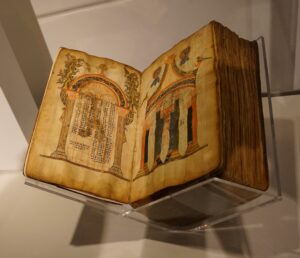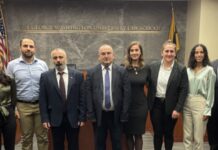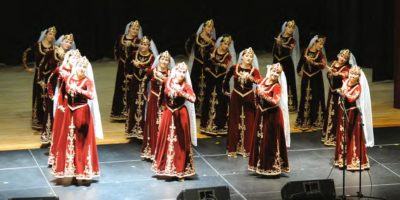 By Edmond Y. Azadian
By Edmond Y. Azadian
It has been a foregone conclusion in Armenia that the Turks have not achieved the final solution for their Armenian problem and that they are using every opportunity to reach their goal.
The four-day war with Azerbaijan early this April further consolidated that belief, because it was instigated by Ankara and the Turkish military took part in the aggression.
Some analysts, military strategists and historians in Armenia have been thinking about the unthinkable: only the destruction of Azerbaijan can guarantee Armenia’s survival. Azeris have not been hiding their goal. The head of the state of Azerbaijan, Ilham Aliyev, has announced and continues to repeat that Armenians have settled on historic Azeri land and that they have to surrender that territory to Baku.
Mind you, this is not about Karabagh or surrounding strategic swathes of territory under Armenian control but the claim is on Armenia proper. And of course, the claim is historically false, but in these days of political expediency, who would care to check historic documents?
In the mindset of Azeris, this is a doable project; if Ottoman Turkey wiped out the entire population of historic Armenia with impunity and if Ilham’s father, Heydar Aliyev, was able to depopulate Nakhichevan under the nose of the Soviet leadership, then Armenia’s depopulation remains within the range of strategic possibilities.









